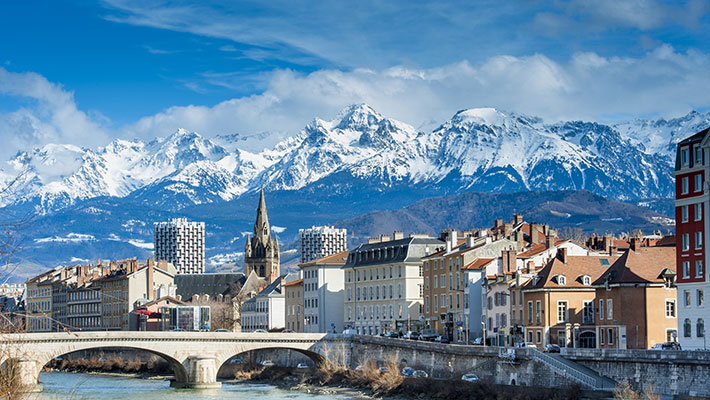Computer Modeling in Microwave Engineering and Applications
Advances in Modeling of Microwave Sintering
When: March 8-9, 2010
Where: Grenoble, France
Organized by:
- IMMG, CIMS, Department of Mathematical Science, WPI
- Laboratoire de Science et Ing�nierie des Mat�riaux et Proc�d�s (SIMaP),
- Institut Polytechnique de Grenoble / Grenoble Institute of Technology (Grenoble-INP)
In cooperation with: Society for Industrial and Applied Mathematics (SIAM)

Endorsed by
Association for Microwave Power in Europe for Research and Education

Seminar Chair:
Seminar Vice-Chair:
Didier Bouvard, SIMaP Laboratory, Grenoble-INP
Seminar Secretary:
Erin Kiley, IMMG, WPI
Organizing Committee:
Claude Carry, Universitè Joseph Fourier, France
Kuruvilla Cherian, Spheric Technologies, Inc., USA
Marilena Radoiu, SAIREM, France
Sebastien Saunier, École Nationale Supérieure des Mines, France
Sebastien Vaucher, EMPA, Switzerland
Paolo Veronesi, University of Modena and Reggio Emilia, Italy
Suzanne Weekes, WPI, USA, SIAM representative
Seminar Site:
Grenoble-INP
PHELMA Campus
1130 rue de la Piscine
38402 St Martin d’Heres
France
General Profile:
The interdisciplinary forum brings together:
- scientists with expertise in microwave sintering, and
- researchers working on the techniques of mathematical/computer multiphysics modeling.
The attendees share their experience in the related fields aiming to work out the concepts and computational schemes which would help develop sufficiently adequate and accurate macroscopic models for microwave sintering.
Seminar Goals:
The Seminar invites contributions related to:
- modern advances in experimental development of the technology of microwave sintering – control over the process; measurable and non-measurable physical characteristics; design of associated microwave systems, etc.;
- state-of-the-art techniques of multiphysics simulation of microwave sintering – compatibility and applicability of numerical models representing electromagnetic, thermal, and structural processes; challenges in the related numerical mathematics and implementation of the algorithms; efficient use of computational resources (hardware and software), etc.;
- determination of effective media parameters of processed particulate materials – measurement techniques; non-destructive evaluation and microwave imaging;
- interaction of microwaves with dielectric and metallic powders: physics and mathematics.


